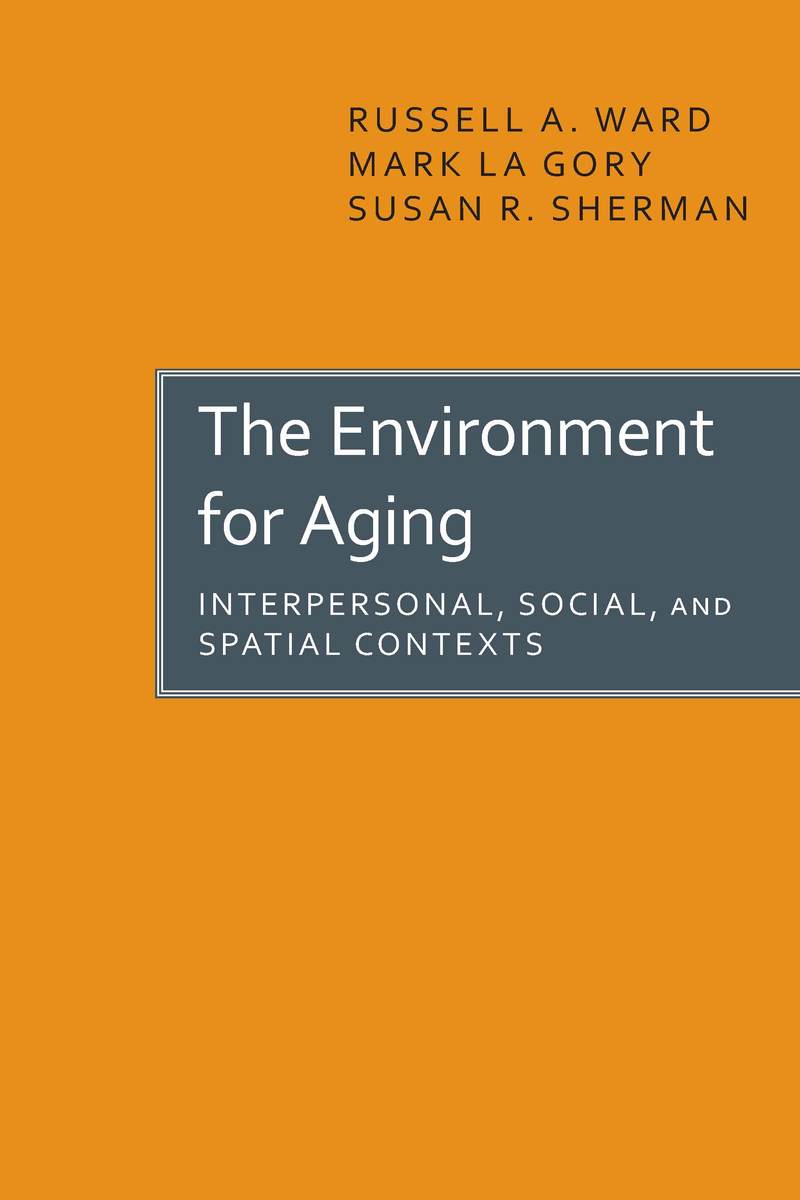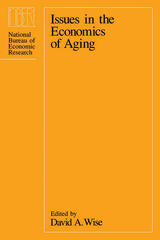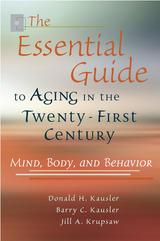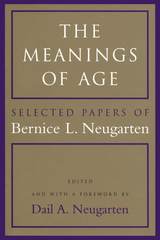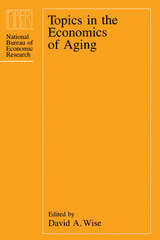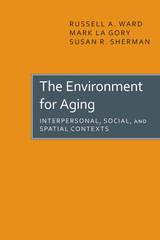The Environment for Aging: Interpersonal, Social, and Spatial Contexts
University of Alabama Press, 1988
eISBN: 978-0-8173-9060-0 | Cloth: 978-0-8173-0342-6
Library of Congress Classification HQ1064.U5W363 1988
Dewey Decimal Classification 305.26
eISBN: 978-0-8173-9060-0 | Cloth: 978-0-8173-0342-6
Library of Congress Classification HQ1064.U5W363 1988
Dewey Decimal Classification 305.26
ABOUT THIS BOOK | TOC
ABOUT THIS BOOK
The nature and consequences of aging depend on its environmental context, and the literature does not treat the various environmental dimensions in an integrated fashion. The authors introduce a general approach to the human ecosystem, highlighting theoretical and empirical issues necessary to an understanding of person-environment interaction related to aging. They then investigate in detail three aspects of the environment of older persons: residential and neighborhood, interpersonal support networks, and age-related attitudes. They give specific attention to the impact of the age composition of neighborhoods and interpersonal networks. The authors present findings from their interview survey of 1,185 community residents aged 60 and over. Major findings from the interviews include:
- Despite objective neighborhood problems, older persons express high neighborhood satisfaction. This partly reflects limited residential options, as well as a passive and vicarious spatial experience. The environment is experienced in diverse ways; however, urbanism and personal competence shape the nature and outcomes of person-environment interaction.
- Older persons have relatively robust interpersonal support networks. Perceived sufficiency of contact and support are more salient to morale than are more objective measures of interpersonal support.
- Although attitudes toward other older people are generally favorable, patterns of age identity reflect a detrimental view of aging. There is little evidence that socialization for aging or age-group solidarity make aging “easier” in this regard.
- Older persons exhibit moderate age homogeneity within their interpersonal networks, partly reflecting neighborhood age concentration. Contrary to the apparent benefits of planned age-segregated housing, age homogeneity in neighborhoods and networks does not contribute to well-being.
See other books on: Dwellings | Environmental psychology | Gerontology | Older people | Social
See other titles from University of Alabama Press
